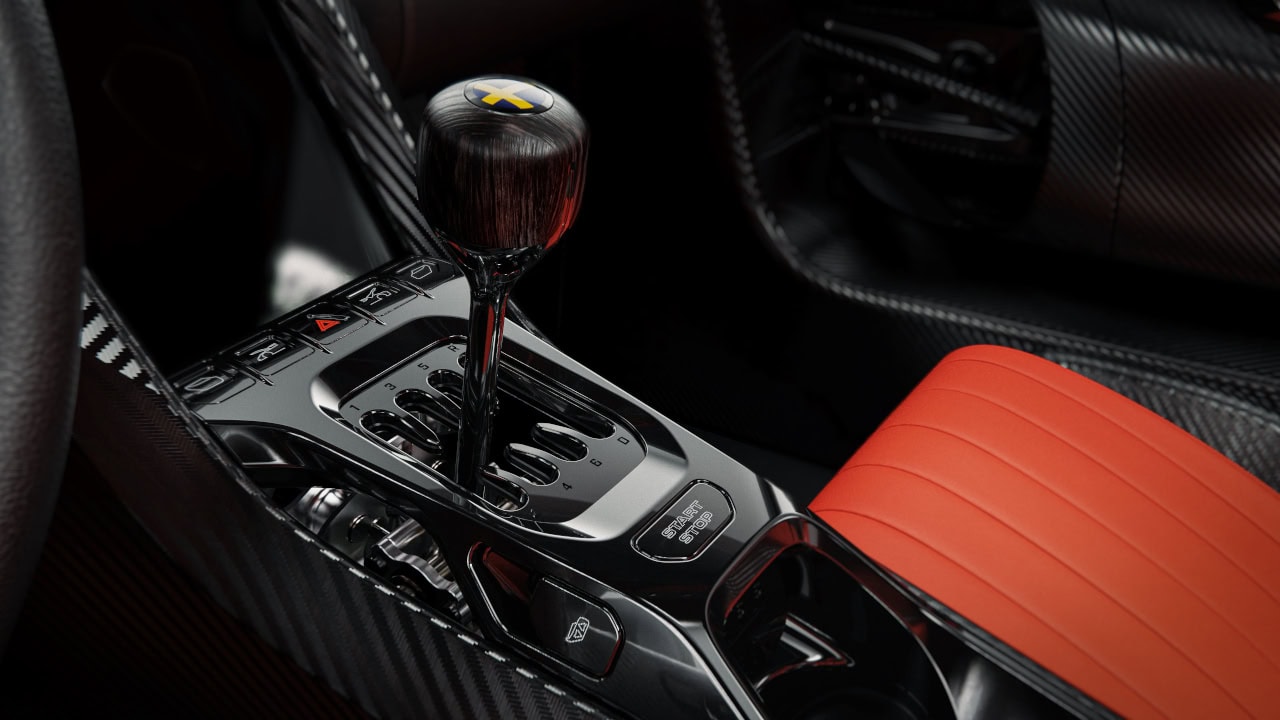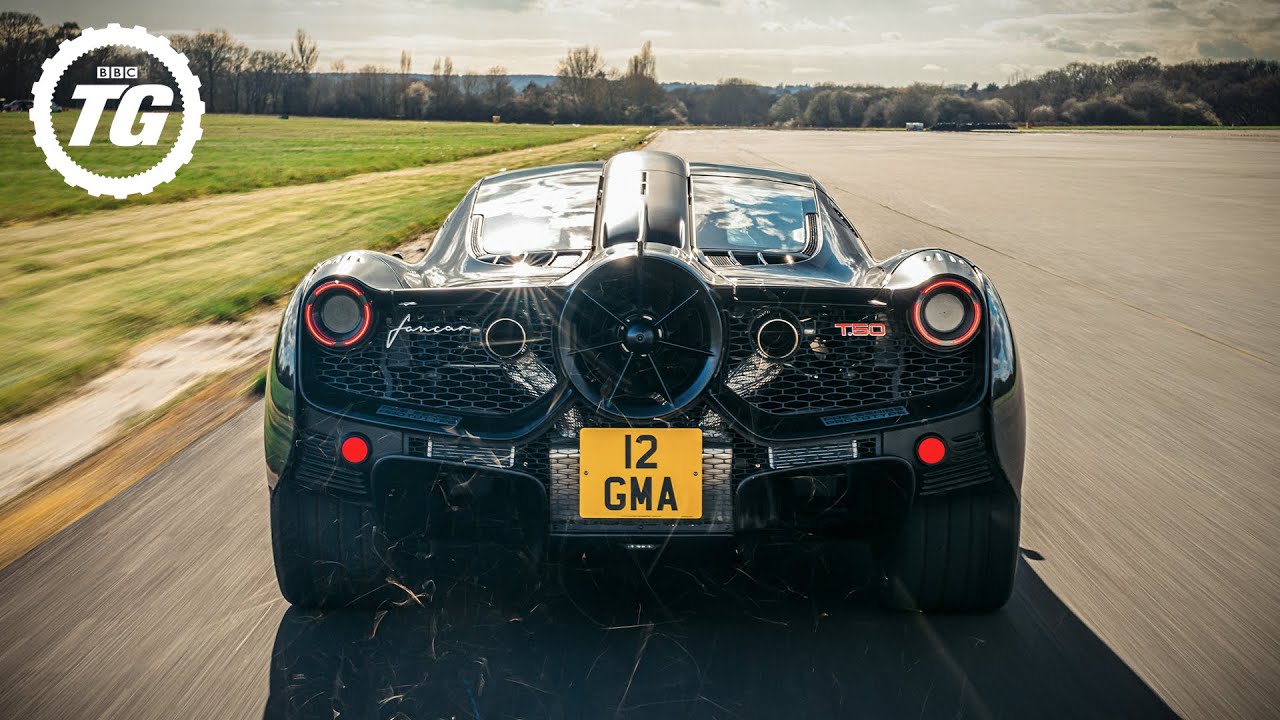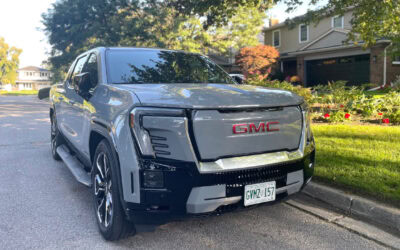A seismic shift is currently brewing in the hypercar industry and that is fuelled by a customer preference for more analogue cars. With a constant influx of technology focused cars, hypercars have taken a step back to keep a check on the automotive hamster wheel.
Hence, the modern day hypercar is no longer about electrification or outright power but analogue trinkets which change the driving experience.
In this article, we look at the newest analogue hypercars that have brought a new lease of life in this power obsessed genre.
Analogue hypercars: Pagani Utopia
Pagani is unlike any other hypercar maker and treats its cars like art. Being the fastest is the not the agenda here as instead it is about drowning you in a cocktail of senses. The Utopia is the latest Pagani and lets go of the ethos that was adopted for the Huayra as instead it is about the manual gearbox. Yes, the AMG turbocharged V12 is harnessed via a manual gearbox whose intricate detailing has also been left exposed.
Hence, it is surprising that a carmaker goes back to the manual after the previous model being automatic only. Being much more exclusive and being showered a lot of analogue love, the Utopia can be called as the best of the Zonda and the Huayra.
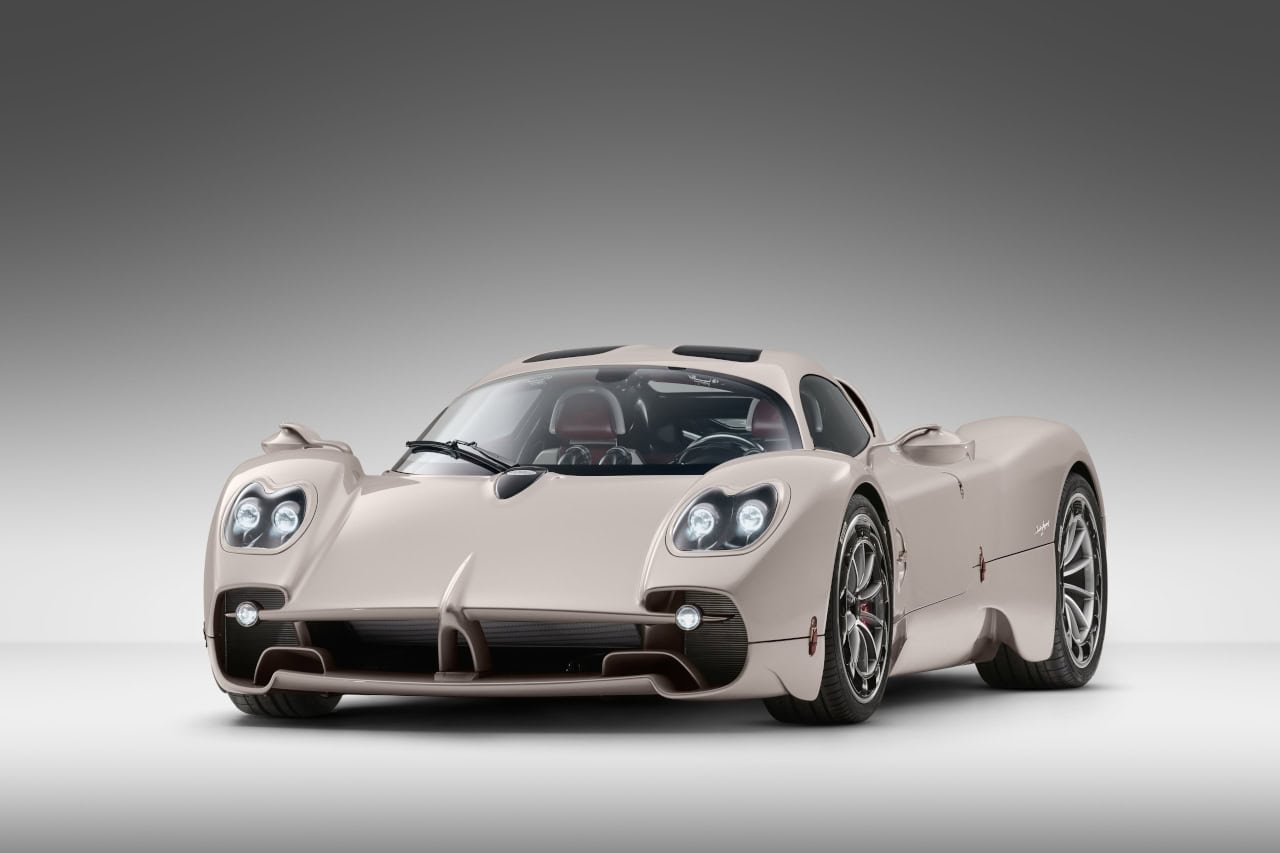
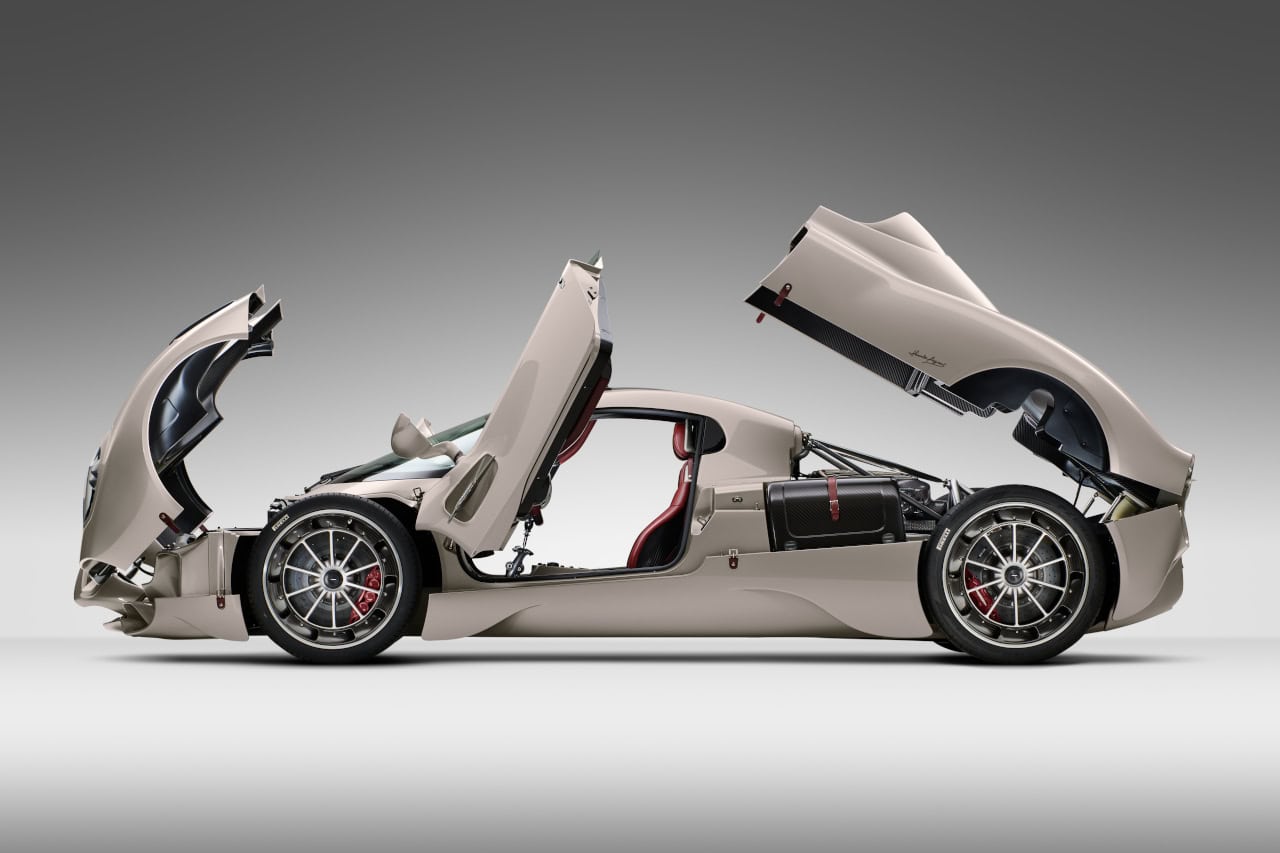
The structure is new but this time, the philosophy has been lightness also as instead of just carbon fibre, the Utopia uses Carbo-Titanium which increases rigidity while allowing Pagani to play with its design factor. Surprisingly, there is no electrification and it sends its power to the rear wheels only while the gearbox is a lovely 7-speed unit.
The Utopia then is wonderfully analogue with no massive touchscreen inside and it is dedicated to the art of supercars with an emotional ethos. With only 99 cars being made, all have been spoken for but it remains a landmark car in the history of hypercars. Less is indeed more.
The #Pagani Utopia is a special #supercar anyway, but this particular one is signed by both The Duke of Richmond and Horacio Pagani! #FOS pic.twitter.com/8tL31D7KN8
— Goodwood Road & Racing (@GoodwoodRRC) July 11, 2024
Gordon Murray T.50
As the father of the McLaren F1, Gordon Murray knows a thing or two about aerodynamics and how to make a spine-tingling supercar. The new T.50 ushers that same philosophy. It is surprisingly compact, lithe, and drowned with the smallest of details.
While it may not have the presence of other modern day hypercars, the T.50 does have a functional mindset about its proportions. Gordon Murray has been known for his obsession with saving eight and the T.50 is analogue while not having needless functionalities.
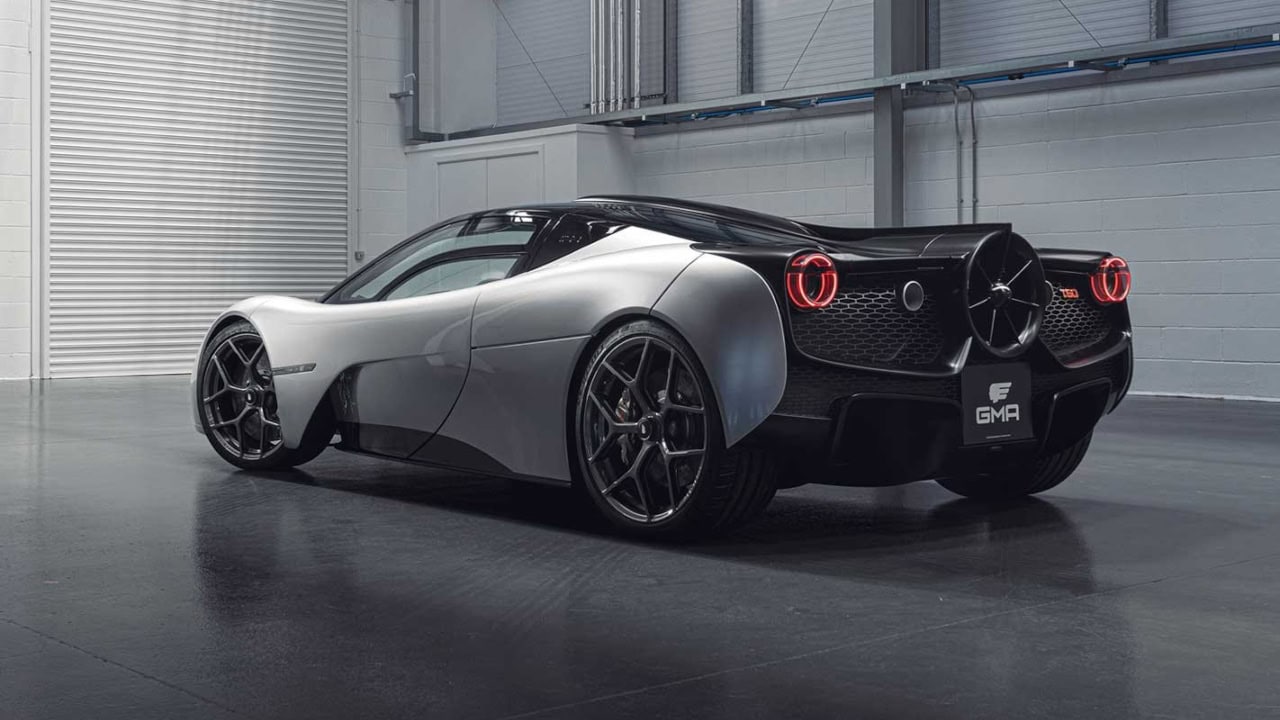
A naturally aspirated V12, a three-seater layout and a H-pattern manual hark back to the most famous Gordon Murray creation and that is what buyers wanted in the first place. There is no automatic on offer while only a track-oriented version offers that. Interestingly, the noise is not tuned and it is a pure engine soundtrack with no adulterations- perhaps the best reminder of why cars are getting needlessly complex in the first place!
Compared to other hypercars, it is a singular obsession of a man’s vision and in that aspect it is different from the others in this diverse space.

Hypercars: Koenigsegg CC850
Koenigsegg does not do slow or subtle. Its cars are fast and built to amass speed in the shortest of times along with eye watering price-tags plus a sense of lunacy attached to its relentless quest to do so. It is a true hypercar but the CC850 takes a step back and embraces the history along with an interesting way of combining analogue detailing plus shocking speed.
The result is a twin-turbocharged 5.0-liter V-8 developing a scarcely believing 1385 horsepower on E85 ethanol and 1020 pound-feet of torque while it gets not one but two gearboxes! Yes, the Engage Shift System is a brilliant but bizarre way of combining a manual along with a fast automatic.
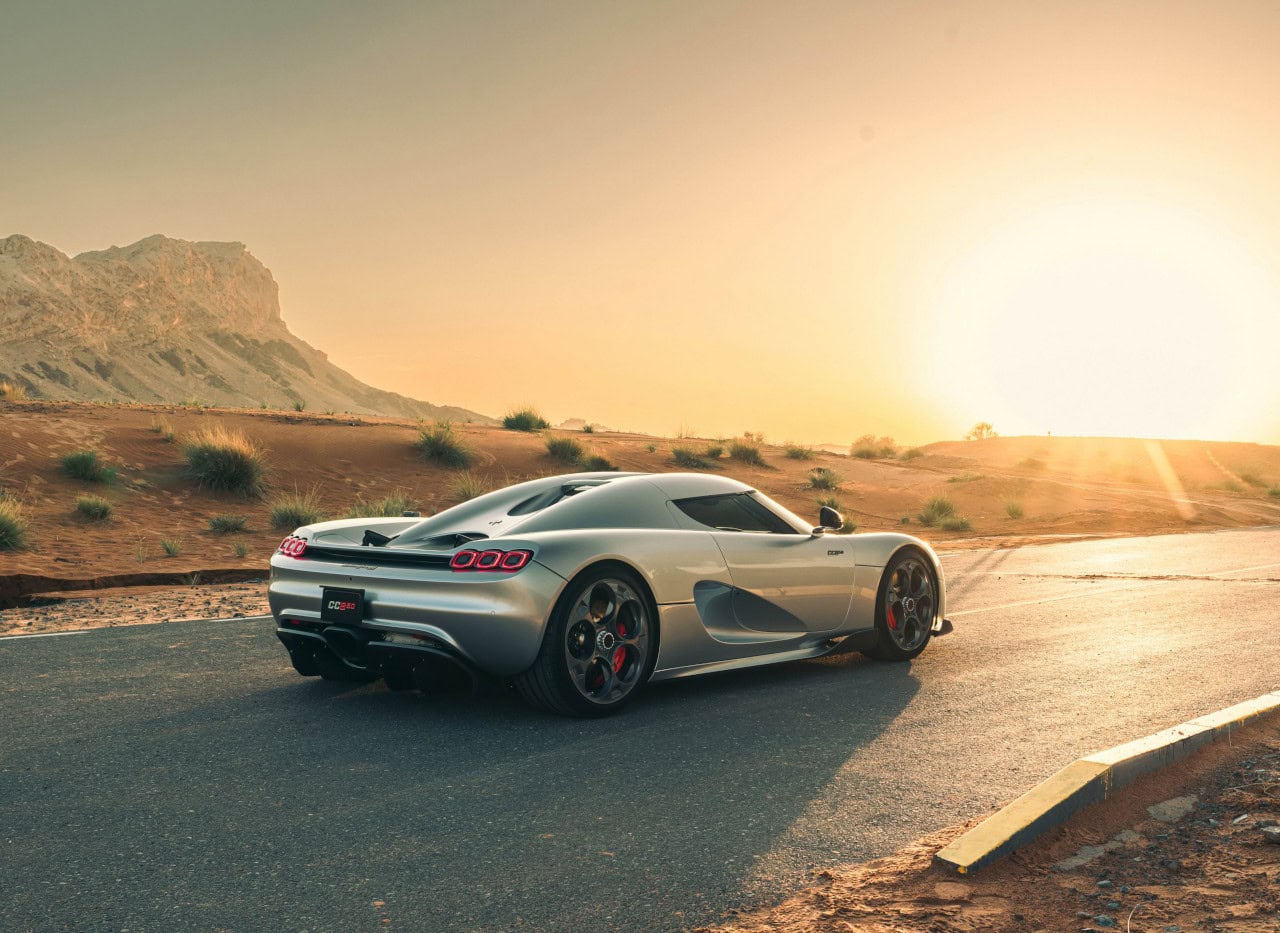
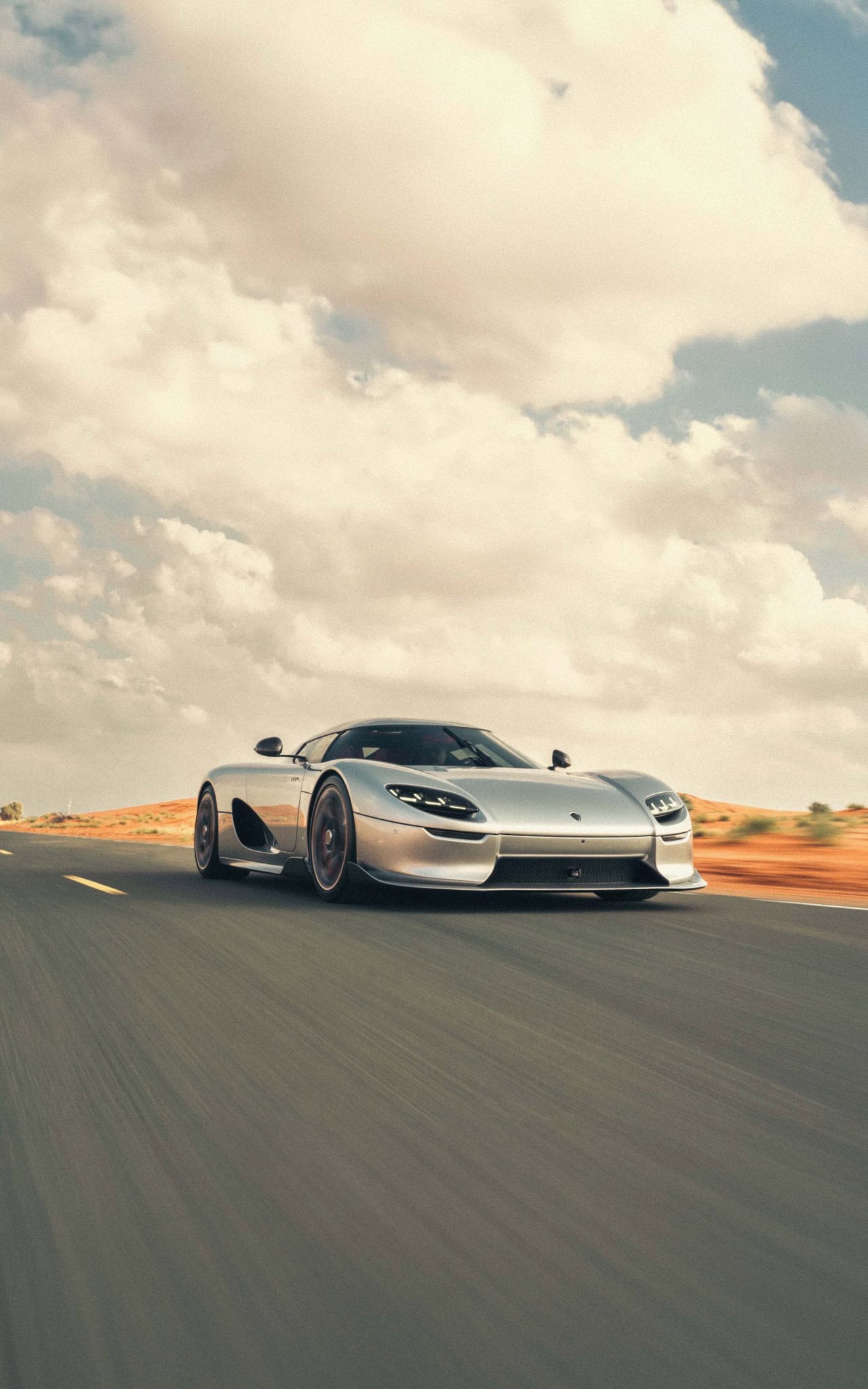
Hence, on one hand there is a multi-clutch nine-speed automatic while on the other you get a lovely six-speed manual transmission. This is not the regular manual gearbox but a more complex mechanism but you can stall the car. The design harks back to the CC8S and is inspired by its analogue way of going about its business.
Compared to previous Koenisegg models, it is different and is more exclusive too while it doffs its imaginary cap to the first model that they ever made.

Somnath Chatterjee grew up around cars and most of his childhood was spent obsessing over supercars. Years later he decided to start writing about them and hasn’t looked back since. While he has had his fair share of cars, the world of automobiles never ceases to amaze him. Travelling all over the world to drive them along with sharing that experience is what ultimately keeps him going. He hopes to drive a Ferrari 288 GTO someday because, well, do you really need a reason?



